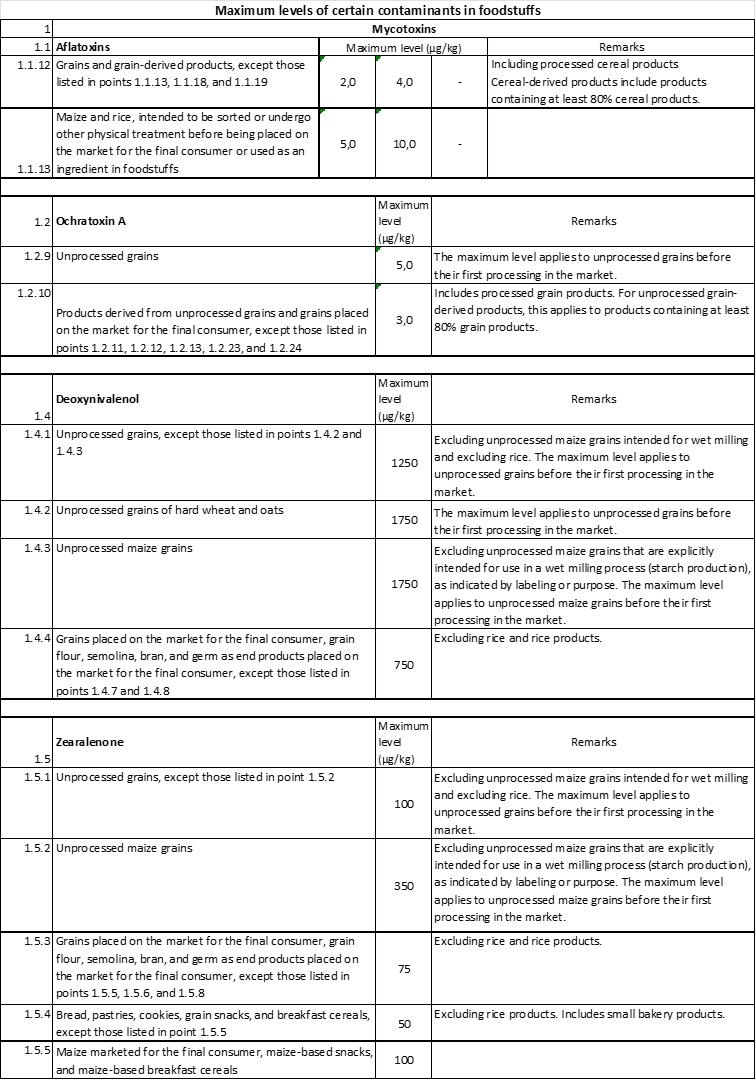A topic that requires increasing attention within the modern livestock and feed industry due to changing climate conditions: mycotoxins. Mycotoxins are toxic substances produced by fungi, mainly Aspergillus, Fusarium, and Penicillium. These fungi produce mycotoxins to protect themselves from bacteria or other fungi, but at the same time, they also cause harmful effects on livestock.
These fungi can grow and develop on grains, maize, soybeans, and other crops, both in the field and during storage. This makes it extremely difficult to make statements about the quality of raw materials. Continuous monitoring of toxin levels is therefore essential.
How do they occur?
Mycotoxins can occur in crops during both cultivation and storage. Factors such as humidity and temperature during storage can play a crucial role in fungal growth. Mycotoxins can also occur when the product is not properly dried.
Common mycotoxins include aflatoxins, deoxynivalenol (DON), zearalenone (ZEA), fumonisins, and ochratoxins.
Mycotoxins are not evenly distributed in the feed: they can develop in specific places, which complicates proper sampling. Furthermore, there is no direct correlation between the visual appearance of feed grains and contamination—the best-looking batch of cereal feed may still be contaminated with mycotoxins.
Mycotoxins in 2024 : Belgium
Worldwide, 2024 was the warmest year on record. In Belgium, it was also the wettest year ever. In Uccle, total annual rainfall reached 1.170,7 mm, compared to the normal average of 837,3 mm. These conditions were ideal for the development of fungi and, consequently, for the presence of mycotoxins in feed.
The Belgian Feed Association (BFA) conducted a study to better understand the risk of mycotoxin contamination of maize grains as soon as possible after harvest. A total of 86 analyses were conducted for deoxynivalenol (DON), with 11% falling below the detection limit of 150 ppb. The highest level of DON was found in Belgian forage maize, with a value of 4.270 ppb. This represents a clear increase compared to 2023 when the maximum level was 3.660 ppb. Maize from Belgium and France showed the highest contamination levels.
This increased contamination rate is likely due to late sowing and harvesting periods, combined with humid and warm conditions that promoted fungal development. It is important to note that these results only give an indication of mycotoxin risks in the field. During storage, mycotoxin concentrations can increase further.
In the last weeks of 2024, several batches of maize (both grain and CCM) were found with elevated mycotoxin levels. Values of up to 5.000 ppb were not uncommon. This led to measures such as using toxin binders, minimizing the proportion of maize in feed and using maize from different regions.
What are the risks?
Mycotoxins have different impacts on animal species. Here are the main risks for each animal group:
Cattle
The idea that a cow's rumen neutralizes mycotoxins is a misconception. Toxins such as DON and ZEA remain harmful and can lead to reduced milk production, fertility problems and a weaker immune system. Contaminated silage, even well preserved or heated, remains a risk. Regular silage analysis is important to prevent damage.
Pigs
Pigs are highly sensitive to DON and ZEA. These toxins cause loss of appetite, slowed growth and hormonal disruptions, such as fertility problems and miscarriages in sows. Additionally, immune suppression from toxins makes pigs more susceptible to diseases.
Poultry
In poultry, especially laying hens, long-term exposure to DON leads to reduces laying rates, poorer egg quality and increased susceptibility to infections. In broilers, it can cause growth retardation and intestinal problems.
What does the regulation say?
Below are the guideline values for toxin levels allowed in different animal species :

Maximum levels of contaminants in feed materials are shown below :

How can they be avoided and what role can VDS play?
Mycotoxins in animal feeds can be avoided by taking preventive measures during cultivation, storage, and processing of raw materials. Cultivation rotation is essential to reduce fungal pressure on the land. Additionally, good ventilation and mould-free storage areas are crucial, where temperature and humidity should be closed controlled to prevent fungal growth. It is important to regularly check raw materials and feeds for mycotoxin levels to detect contamination early.
One effective strategy is the use of additives that bind mycotoxins in the intestinal tract, as well as substances that help counteract the harmful effects of mycotoxins or support the animal’s body. VDS can play an important role in this with solutions like VDS TOXISTOP PLUS, a mycotoxin binder that effectively neutralizes mycotoxins. By supporting the immune system and binding toxins, VDS Toxistop Plus helps reduce disease pressure, improve nutrient absorption and increase feed efficiency—resulting in better growth and higher animal productivity. Moreover, VDS Toxistop Plus is effective against a wide range of mycotoxins, particularly aflatoxins, DON, and ZEA.
VDS also offers advice and support, with expertise in feed strategies and preventive measures to manage mycotoxins.


